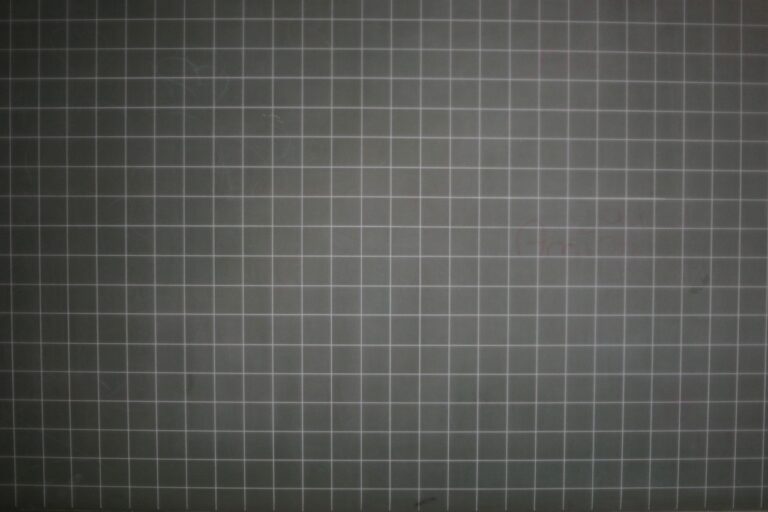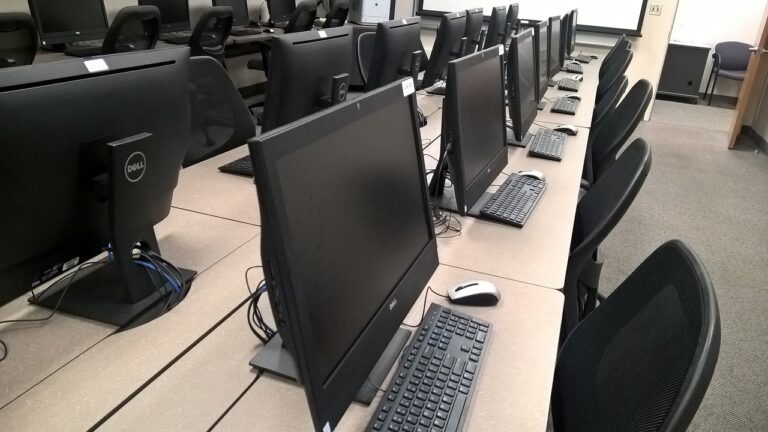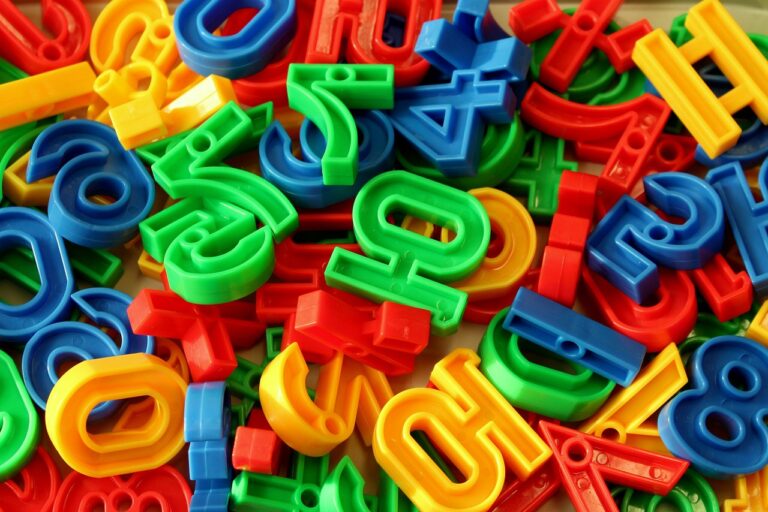Education and the Circular Economy: A Sustainable Approach
Education plays a vital role in shaping the mindset and behavior of individuals towards sustainability. By incorporating principles of the circular economy into educational curricula, students are exposed to innovative ways of thinking that promote resource efficiency, waste reduction, and environmental stewardship. This integration allows them to develop a deeper understanding of the interconnectedness of economic, social, and environmental systems, empowering them to become responsible global citizens who actively contribute to creating a more sustainable future.
Additionally, embedding circular economy principles in education helps to foster creativity, critical thinking, and problem-solving skills among students. By exploring real-life examples and case studies within the context of the circular economy, students are encouraged to think outside the traditional linear model of production and consumption. This approach not only equips them with the necessary tools to address complex sustainability challenges but also prepares them to adapt to an evolving job market that increasingly values sustainability-oriented skills and knowledge.
Understanding the Concept of Circular Economy
A circular economy is a regenerative system aimed at minimizing waste and making the most of resources. It emphasizes the reduction, reuse, recycling, and recovery of materials to prolong their lifespan and create a sustainable society. By following the principles of a circular economy, we can move away from the current linear model of take-make-dispose and transition towards a more eco-friendly and efficient way of managing resources.
In a circular economy, products are designed with the intent of being easily disassembled and repurposed. This approach not only reduces the amount of waste generated but also encourages the use of renewable resources and the implementation of clean production methods. By implementing circular economy principles, we can create a more resilient and resource-efficient economy that benefits both the environment and society as a whole.
What is the circular economy?
The circular economy is an economic system aimed at eliminating waste and promoting the continual use of resources to create a closed-loop system.
Why is the circular economy important?
The circular economy is important because it helps reduce waste, conserve resources, and minimize environmental impact.
How can we incorporate circular economy principles in education?
Circular economy principles can be incorporated in education through curriculum development, teaching materials, and hands-on activities that promote sustainable practices.
What are some examples of circular economy practices?
Examples of circular economy practices include recycling, upcycling, product refurbishment, and extended producer responsibility.
How can individuals contribute to a circular economy?
Individuals can contribute to a circular economy by reducing waste, reusing items, recycling, and supporting businesses that prioritize sustainable practices.
What are the benefits of transitioning to a circular economy?
The benefits of transitioning to a circular economy include reduced waste generation, resource conservation, cost savings, and a healthier environment.





